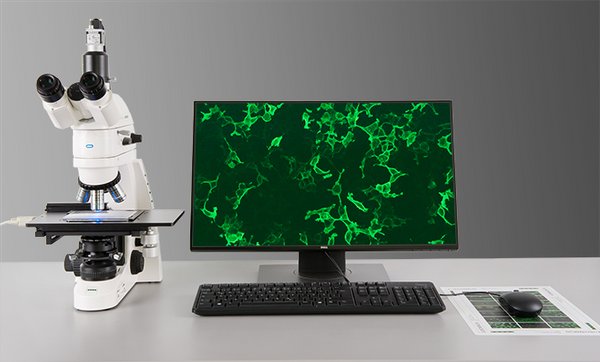How is membranous nephropathy diagnosed?
Depending on the course and severity of the disease, the diagnostic procedure for MN may vary. In the past, the diagnosis was usually based on the result of a kidney biopsies. The collected tissue is investigated by microscopy and, in the case of a positive result, it shows the typical deposits in the kidney. However, biopsy is an invasive procedure and is both a physical and psychological burden for the patient.
The discovery of pMN-specific autoantibodies against PLA2R and THSD7A allows a gentler form of diagnostics by means of simple blood tests, so that in some cases a kidney biopsy is not necessary. Measurement of the autoantibodies also enables monitoring of the disease course over a long period of time as well as of the therapy effect. Four standardised tests approved for pMN diagnostics are currently available.
They are all based on the same principle: autoantibodies present in the blood of the patient are first bound by means of PLA2R and THSD7A and then made visible through a fluorescence reaction (in indirect immunofluorescence test, IIFT), a colour reaction (in the ELISA) or a chemiluminescence reaction (in the chemiluminescence immunoassay, ChLIA).
Using ELISA or ChLIA, even the exact amount of antibodies can be measured, which allows assessment of the disease activity and therapy success.
The analyses are nowadays offered by many laboratories and specialised centres. A reliable test result is often already available within only a few hours after blood withdrawal.


